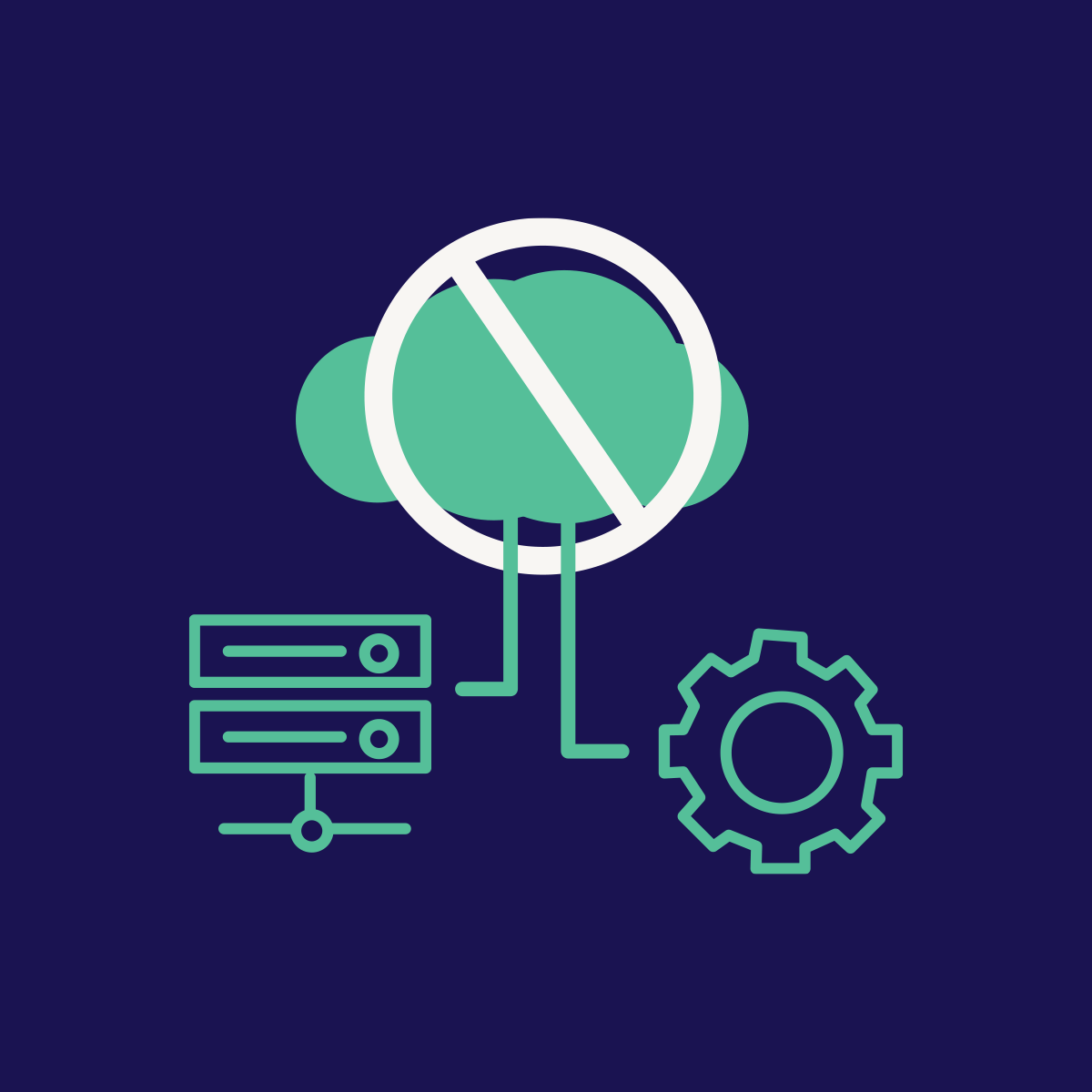Carbon data is no longer a side note in sustainability reports
It’s becoming as central to business decisions as financial data. But too many in the IT channel are still treating carbon as a brochure item - a “nice to have” talking point in presales. That mindset is already obsolete.
From obsolete to leader
The old way of thinking, waiting until carbon becomes a “need to have” before acting, is a slow death. If you wait for the regulator, the auditor, or the customer RFP to tell you carbon is mandatory, you are already too late.
The choice today is stark: obsolete or leader?
Leaders act on instinct and stay ahead of the curve. They don’t wait. They integrate carbon data into commercial conversations, into procurement, into customer advice, into reporting support. This is where trust and long-term value are built. Obsolete players still forward PDFs and averages. Leaders deliver SKU-level, audit-ready, automated carbon data side by side with price, warranty, and lead time.
Why this matters
Sustainability has historically been siloed - sitting in CSR/ESG or left to compliance and reporting teams. Finance departments are now beginning to take ownership because carbon data has become a reporting requirement. But unless carbon also becomes commercial, embedded in the supplier–customer conversation, companies will never realise its full business value.
That’s why we use scenarios to illustrate what’s at stake.
Procurement scenario A: The obsolete approach
A customer requests carbon data. The sales team replies:
“I think I can find some data for you. I’ll ask the distributor or manufacturer and forward some PDFs.”
The ESG colleague adds:
“I’ll compile it in an Excel sheet. It might not be exactly what you need, and the data is based on regional averages. Is that okay?”
The result?
◊ The customer receives generic, delayed, and un-auditable data.
◊ Reporting becomes a manual, error-prone burden.
◊ The supplier might appear disorganised and reactive.
◊ Costs mount - not just in time and effort, but in lost trust and missed opportunities.
◊ Worst of all, the data is unfit for audit, risking reputational damage.
Procurement scenario B: The leadership standard
The same request, handled by a forward-thinking supplier. The sales team responds:
“Here’s product- and MPN-level carbon data. We can also advise on extending product life cycles or switching to more efficient models to reduce your IT footprint.”
The ESG colleague adds:
“This data is automatically delivered and updated. It includes country-specific life cycle assessments tailored to your usage, fully aligned with GHG Protocol and ISO standards and even third-party validated.”
The result?
◊ The customer receives precise, timely, and audit-ready data.◊ Reporting becomes streamlined and strategic.
◊ Procurement decisions are informed and future-proof.
◊ The supplier earns trust, credibility, and long-term partnership.
◊ Even if there’s a cost, it’s transparent and far lower than the hidden costs and inaction consequences.
The real cost of waiting
Carbon in the commercial conversation is not optional. It’s not a “nice to have.” It’s the dividing line between obsolete and leader. Yes, providing accurate, automated data might carry a cost. But it is far more expensive - financially and reputationally - not to deliver it, and even worse to deliver flawed guesswork data.
The IT channel has a unique opportunity: to close the carbon gap together with customers. By embedding carbon data into every transaction and decision, we create a business environment that is not only compliant, but competitive, profitable, and sustainable.
Carbon has entered the boardroom. The only question is whether you want to walk in as a leader, or be left outside, obsolete.
If you found this helpfull please feel free to share!



